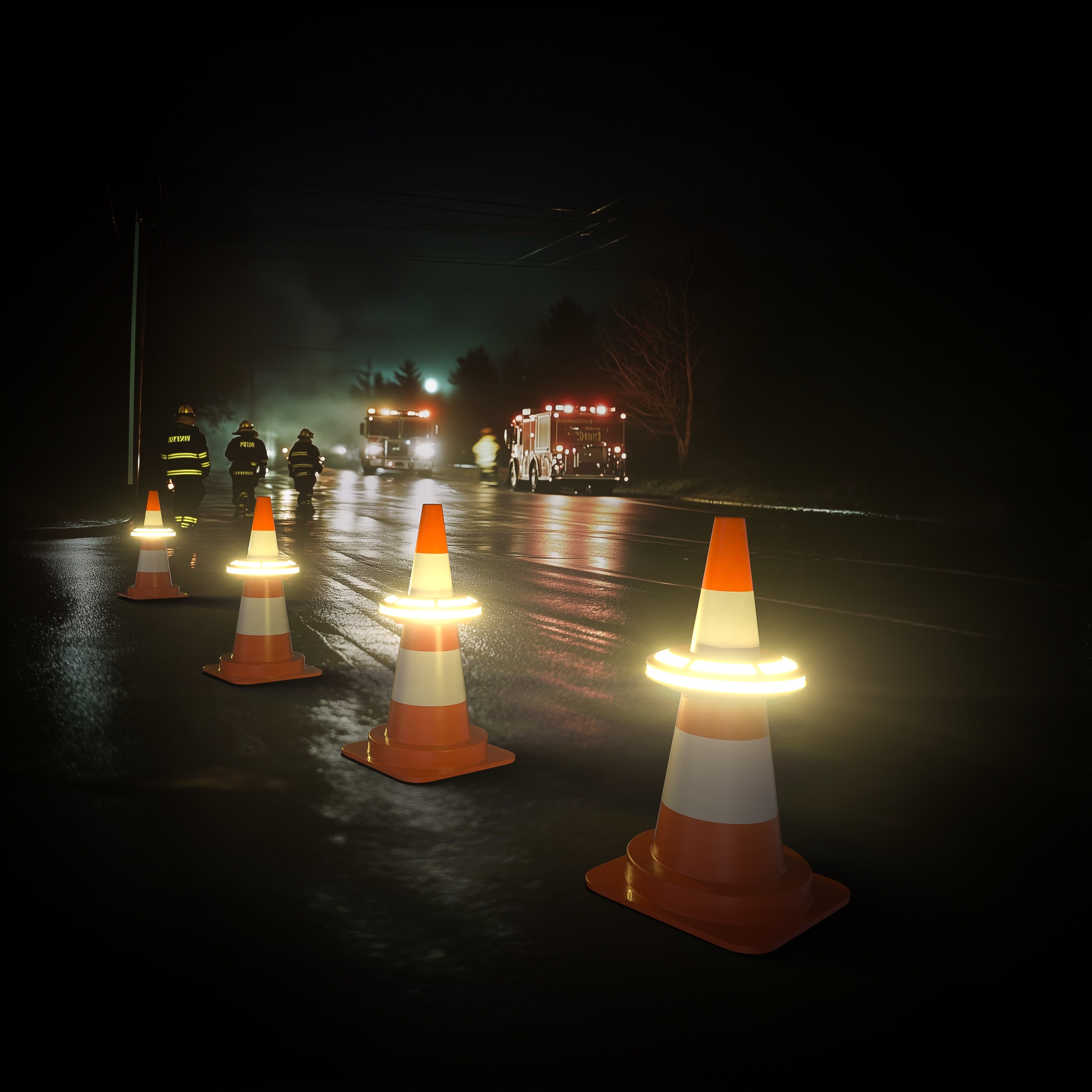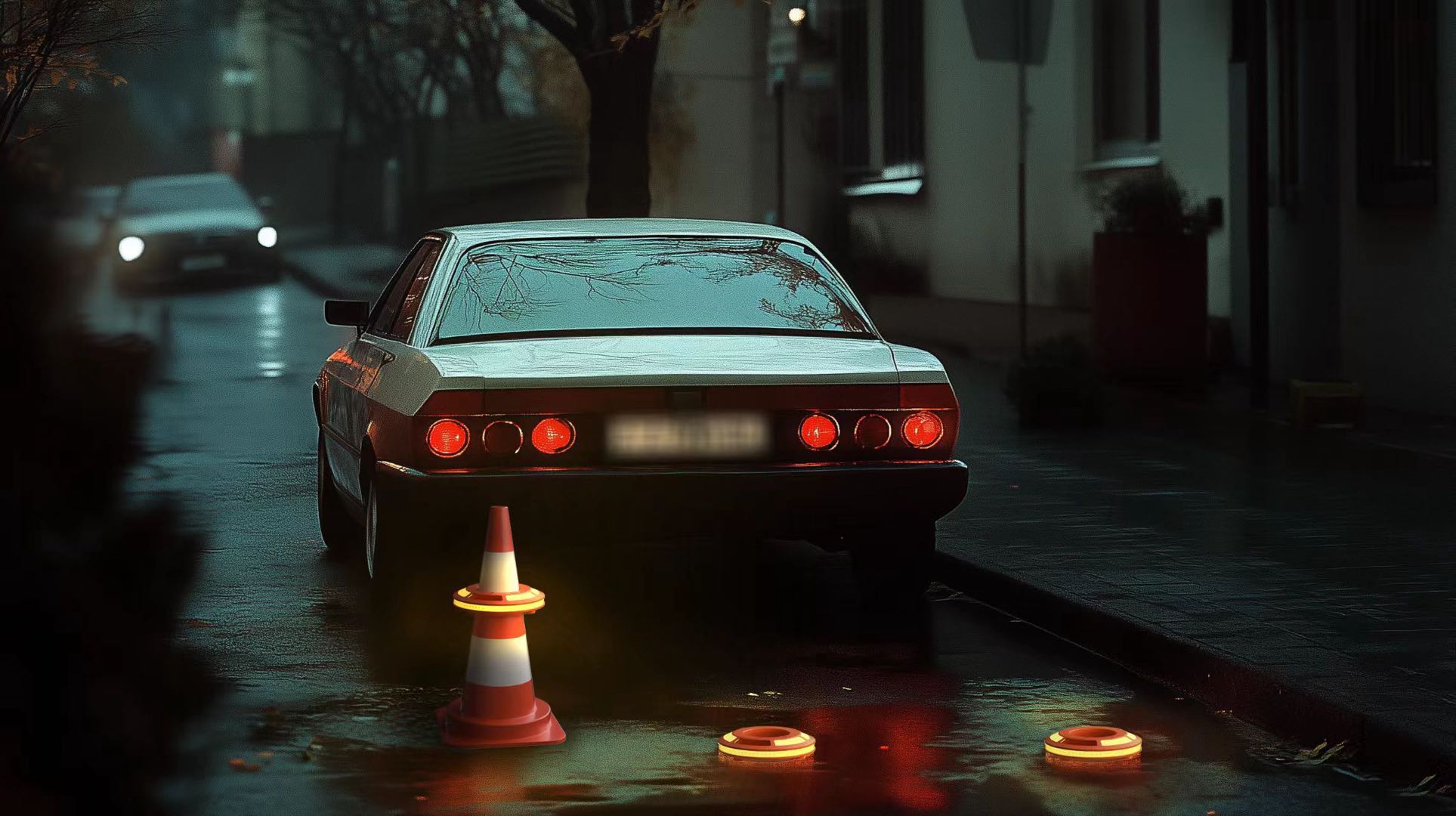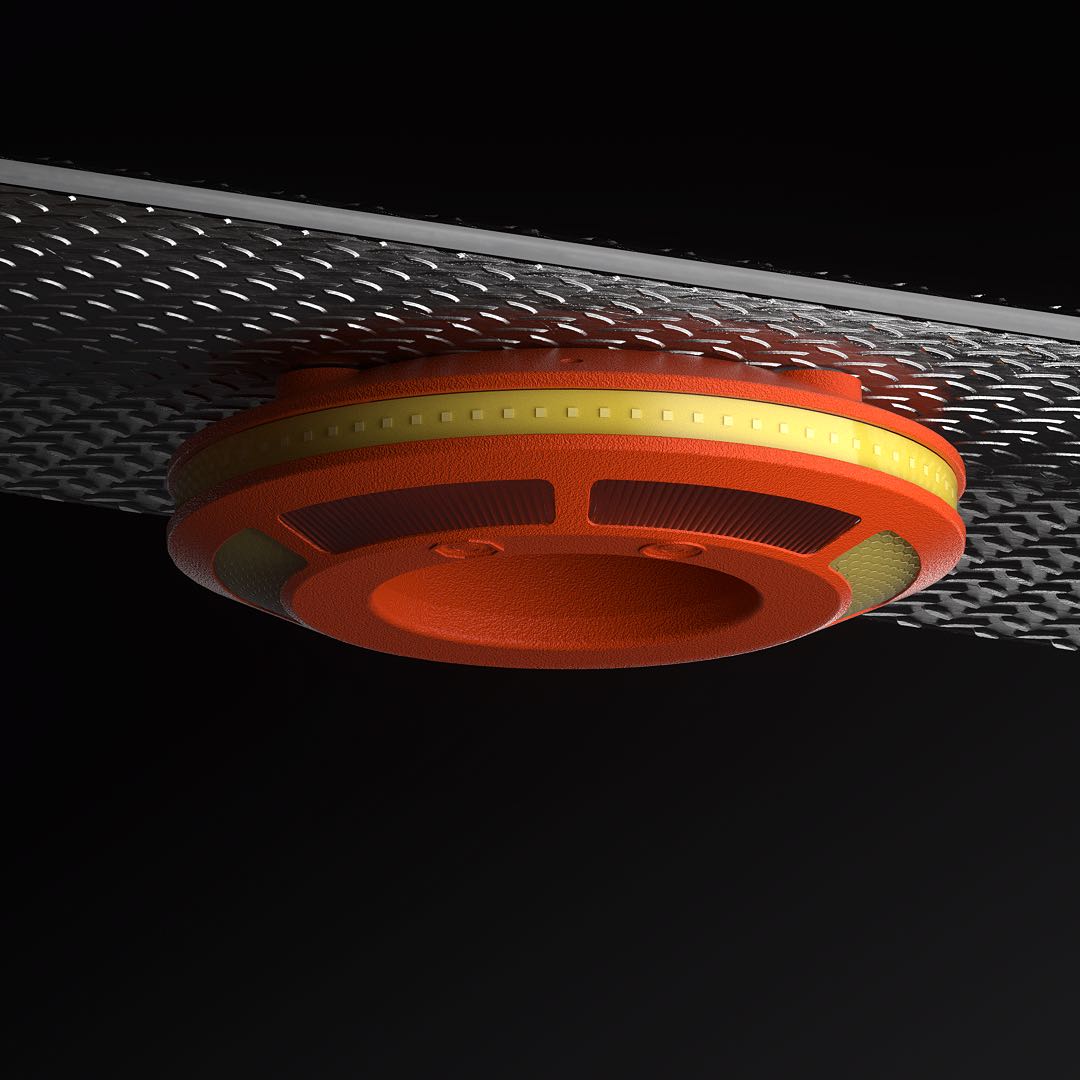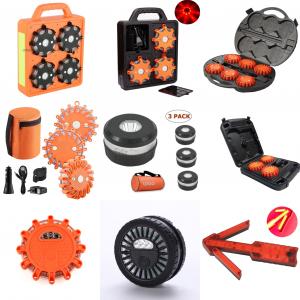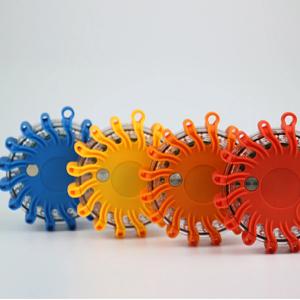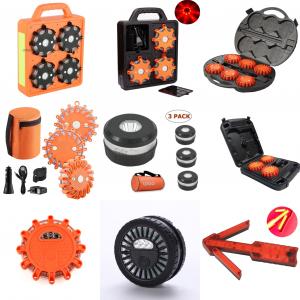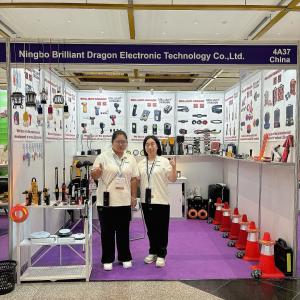How LED Warning Lights Can Reduce Secondary Car Accidents by Over 60%
How Warning Lights Help Prevent Secondary Traffic Accidents | Roadside Safety Guide
In today’s fast-moving world, traffic accidents are unfortunately common — but what often causes more harm than the initial crash is the secondary accident that follows. When drivers don’t notice a crash site in time, collisions with stationary or slowed vehicles can occur. This is where a high-intensity LED warning light becomes a powerful lifesaving tool.
What Is a Secondary Traffic Accident?
A secondary accident refers to a collision that occurs as a result of a previous incident on the road. These typically happen when:
-
Visibility is low (e.g. at night or in foggy conditions)
-
There is no clear visual warning ahead
-
Drivers have insufficient time to react
Studies show that over 70% of secondary crashes are linked to a lack of effective roadside warnings.
How Warning Lights Help Prevent Secondary Accidents
While they may seem small, LED warning lights can play a critical role in roadside safety. According to research, deploying high-visibility flashing lights at accident scenes can reduce the chance of secondary accidents by more than 60%.
Why warning lights work:
-
Ultra-bright LED visibility: Can be seen even in rain, fog, or night
-
Flashing light patterns: Draw drivers’ attention faster than static warnings
-
Weather-resistant: Designed to function in tough outdoor conditions
How to Properly Use a Warning Light
Owning a warning light is important, but knowing how to use it correctly is crucial for maximum safety.
Recommended Usage Guidelines:
-
Activate the light immediately after stopping your vehicle
-
Place the light 50–100 meters (165–330 feet) behind your car
-
Use in combination with a reflective triangle and safety vest
-
For highways or poor visibility, add more lights or increase the distance
What to Look for in a Good Warning Light
Not all lights are created equal. Here are the key features to look for when choosing a quality traffic warning light:
| Feature | Recommended Specification |
|---|---|
| Brightness | High-lumen LED visible in daylight |
| Power Supply | Rechargeable battery, solar, or long-life replaceable battery |
| Weatherproof | IP65-rated or above for water & dust resistance |
| Mounting Options | Magnetic base, tripod, or hook |
| Visibility Angle | 360° all-around visibility preferred |
A good warning light should be bright, reliable, and easy to deploy quickly in an emergency.
Conclusion: One Light, One Layer of Protection
A warning light doesn't make a sound — but its flashing beam can speak volumes when it comes to saving lives.
In a roadside emergency, visibility equals safety. The sooner others can see you, the safer everyone becomes.
Keep a reliable LED warning light in your vehicle at all times — because preparation today could prevent disaster tomorrow.
